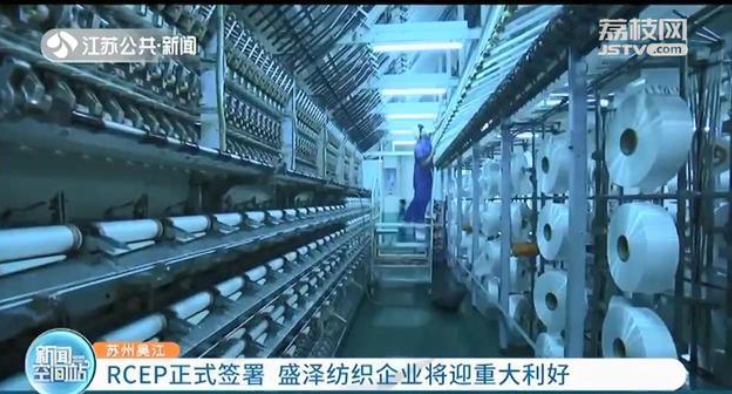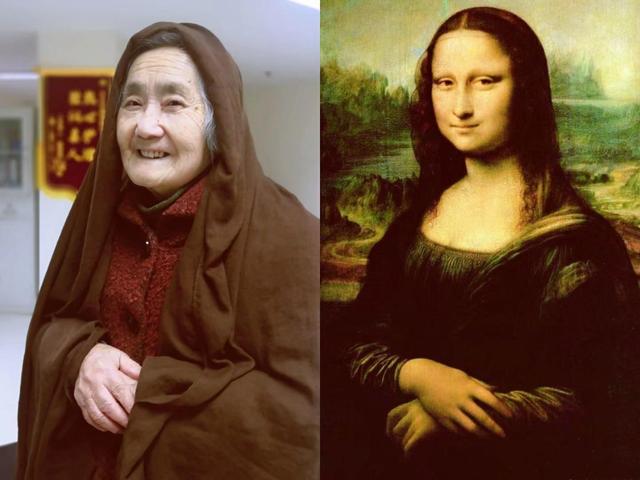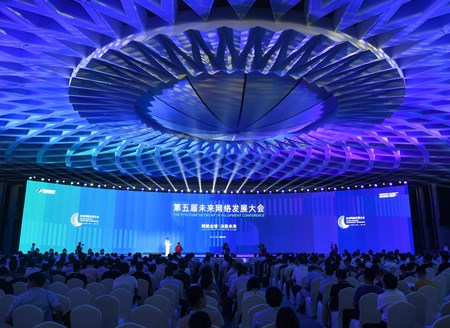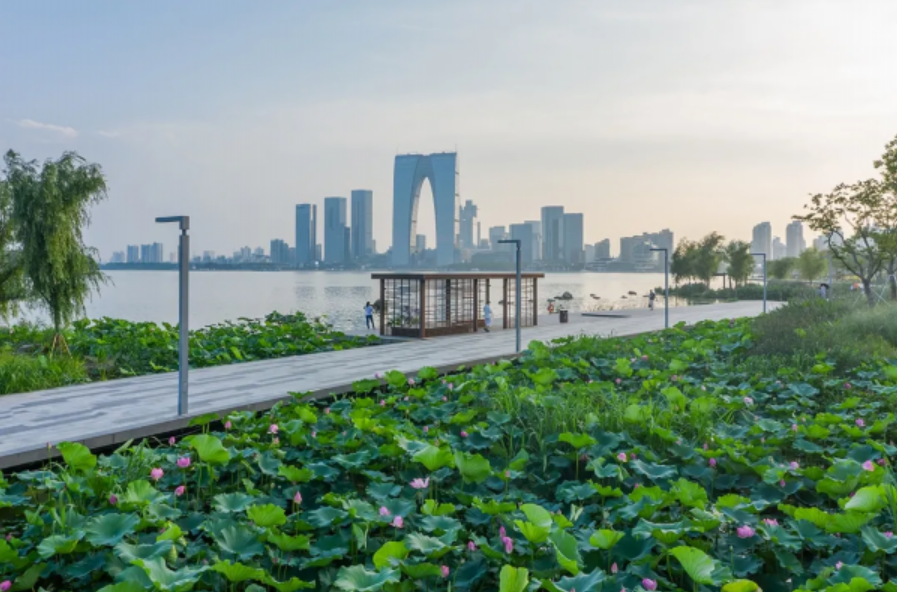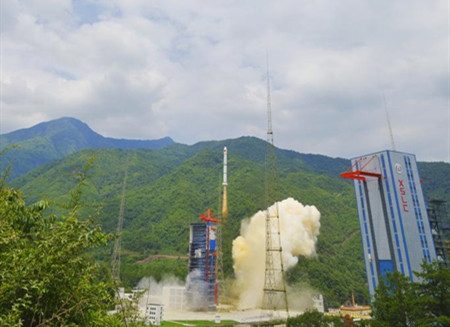The textile industry in Shengze town, Wujiang district, Suzhou city, has highlighted the ambition to seize the opportunities arising from the signing of the Regional Comprehensive Economic Partnership agreement and explore new room for international cooperation.
In recent years, it has become a major trend for the apparel industry to be relocated to Southeast Asia because of the lower labor costs.
The textile industry, located in the upstream of clothing, involves cotton, chemical fiber, and weaving, will continue to maintain its overall advantages in the country due to relatively high technical requirements.
The signing of the "Regional Comprehensive Economic Partnership Agreement" has more closely linked China's textile fabrics and Southeast Asian garment manufacturing factories.
Suzhou Dongcheng Fabric Research Co., Ltd. is an enterprise that develops and produces down jacket fabrics and functional fabrics. 20% of the company's products are sold to Southeast Asian countries.
Dong Xiaokui, CEO, Suzhou Dongcheng Fabric Research Co., Ltd.
The share of down jacket fabrics exported to Vietnam
will definitely increase
The current share is 20%
with this agreement it may increase to 40%
The signing of the agreement is also conducive to companies going out to find trading partners and seek greater development opportunities.
China’s textile and clothing industries will benefit greatly as China and ASEAN countries have basically achieved zero tariffs, thereby the biggest breakthrough of these agreements is the first free trade zone zero-tariff agreement arrangement between China and Japan, South Korea, Australia, and New Zealand.
Pu Jianrong, General Manager of Suzhou Muyang Textile Import and Export Co., Ltd.
I think its core advantage is to reduce tariffs
with more than 90%
of tariffs to be reduced in 10 years
Because of the preferential tariffs
our products will be more competitive
with lower export costs
so it is a substantial, major, and long-term benefit
for Shengze’s textile industry
